Key Takeaways
-
Ants Don't Eat Wood: Unlike termites, ants excavate wood to create nesting galleries but do not consume it, though they can still cause structural damage.
-
Common Wood-Nesting Ants: Carpenter ants, moisture ants, and velvety tree ants are the primary culprits in wood-related ant infestations.
-
Recognizing Infestations: Signs include sawdust-like debris (frass), faint rustling sounds in walls, visible ant trails, and sightings of winged ants indoors.
-
Prevention Is Key: Keep wood dry, seal cracks and entry points, remove rotting wood, and inspect your property regularly to deter wood-nesting ants.
-
Professional Help: Call pest control experts for persistent or severe infestations to ensure complete removal and protection against future problems.
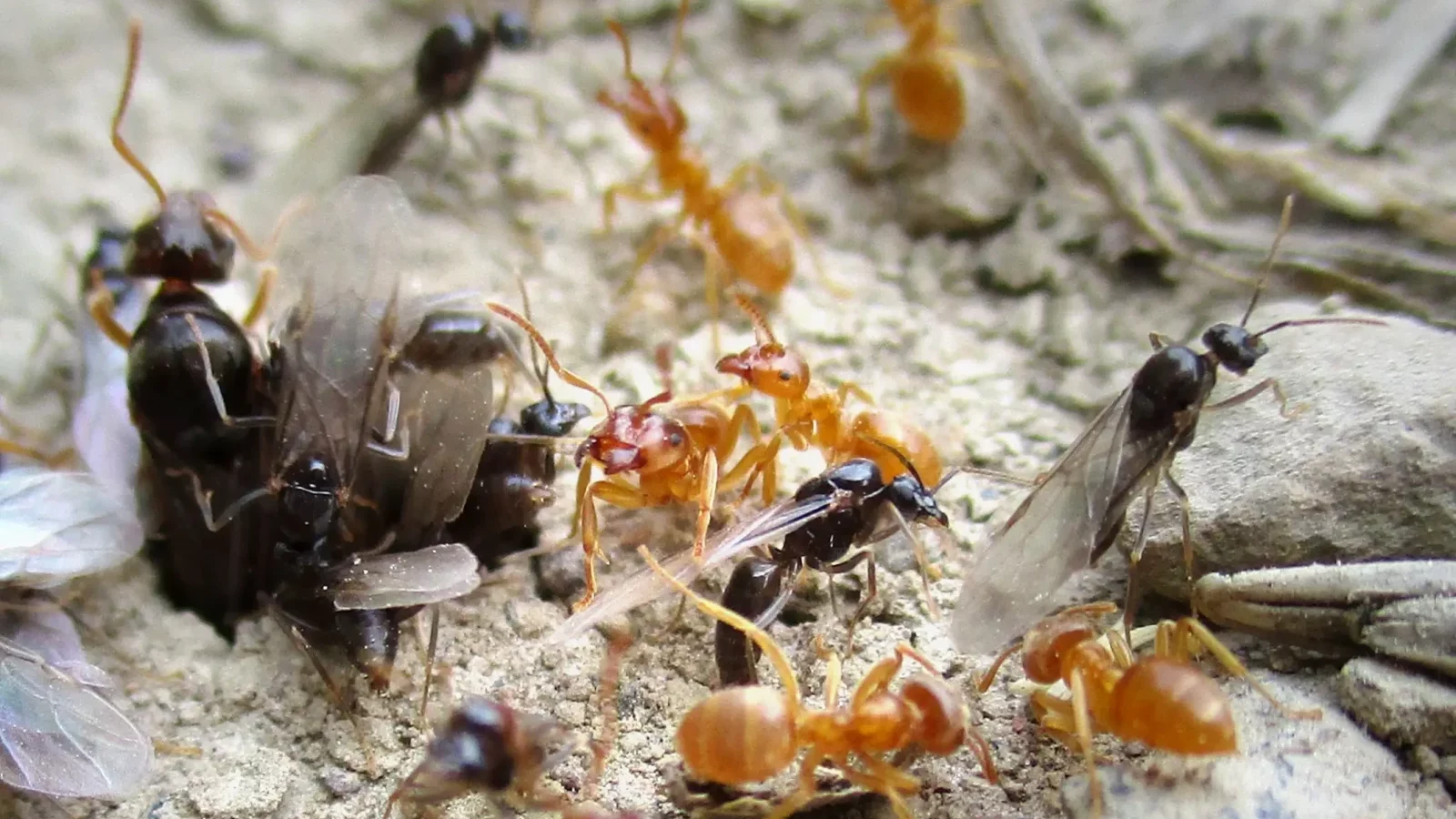 Ever glanced down at those tiny piles of sawdust near your deck and thought, “Are ants really eating my wood?” You know what? They aren’t. Well, not exactly.
Contrary to popular belief, most ants do not eat wood. Sure, they’re chewing it, tunnelling into it, making cosy little homes—but eating it? Nope. Unlike termites, which consume wood for sustenance, some ant species tunnel through it to create nests. These ants prefer damp or decaying wood but may also infest dry wood in homes and structures. Honestly, understanding these little intruders can help you protect your home better.
Ant infestations can lead to structural damage if left untreated. Identifying the type of wood-nesting ants in your home is essential for effective pest control. The most common culprits include carpenter ants, moisture ants, and velvety tree ants.
This article provides a practical guide to identifying ants that nest in wood (like carpenter, moisture, and velvety tree ants), recognizing signs of infestation, and offers actionable prevention and treatment methods. It emphasizes the importance of quick action to avoid structural damage.
Not sure if ants are damaging your home? Don’t wait until it’s too late—schedule your Free Pest Inspection today! Our experts will quickly identify ant infestations and help you protect your property effectively.
Ever glanced down at those tiny piles of sawdust near your deck and thought, “Are ants really eating my wood?” You know what? They aren’t. Well, not exactly.
Contrary to popular belief, most ants do not eat wood. Sure, they’re chewing it, tunnelling into it, making cosy little homes—but eating it? Nope. Unlike termites, which consume wood for sustenance, some ant species tunnel through it to create nests. These ants prefer damp or decaying wood but may also infest dry wood in homes and structures. Honestly, understanding these little intruders can help you protect your home better.
Ant infestations can lead to structural damage if left untreated. Identifying the type of wood-nesting ants in your home is essential for effective pest control. The most common culprits include carpenter ants, moisture ants, and velvety tree ants.
This article provides a practical guide to identifying ants that nest in wood (like carpenter, moisture, and velvety tree ants), recognizing signs of infestation, and offers actionable prevention and treatment methods. It emphasizes the importance of quick action to avoid structural damage.
Not sure if ants are damaging your home? Don’t wait until it’s too late—schedule your Free Pest Inspection today! Our experts will quickly identify ant infestations and help you protect your property effectively.
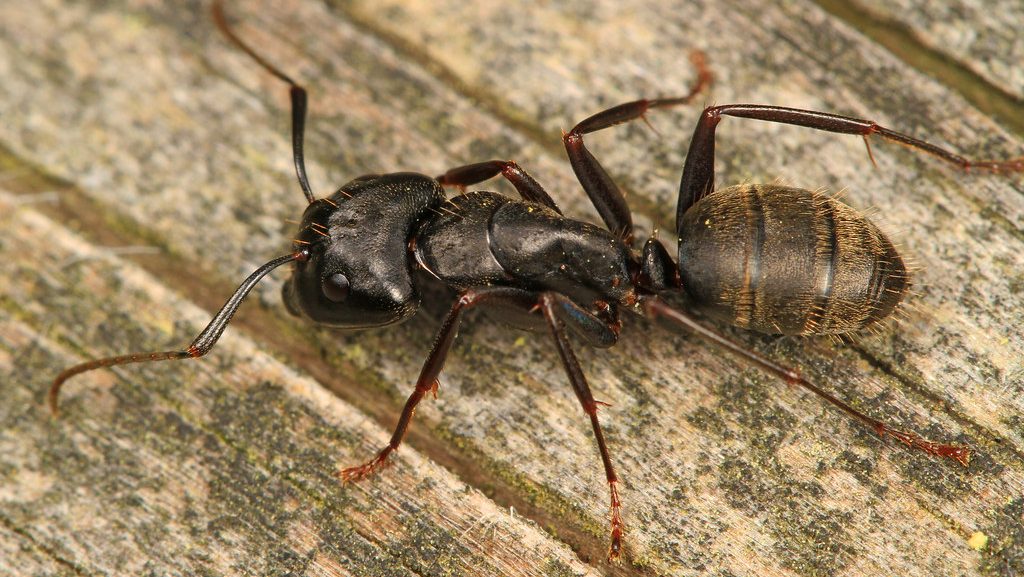

Not getting a solution?
Get your free pest control estimate today!Carpenter Ants: Wood-Damaging Ants
Ah, carpenter ants—the name itself sounds innocent, right? Wrong! Carpenter ants are the most well-known wood-nesting ants. But here’s the kicker: They do not eat wood but excavate it to create smooth tunnels for their nests. Carpenter ants are just meticulous architects (without permits, obviously), building smooth tunnels and galleries in wood to create cozy nesting spaces for their colonies. These critters, usually black or reddish-black and noticeably larger than the typical ants roaming your kitchen counter, are the real deal when it comes to damaging wood. They prefer moist, rotting wood but may also invade invade dry, healthy wood if their community expands.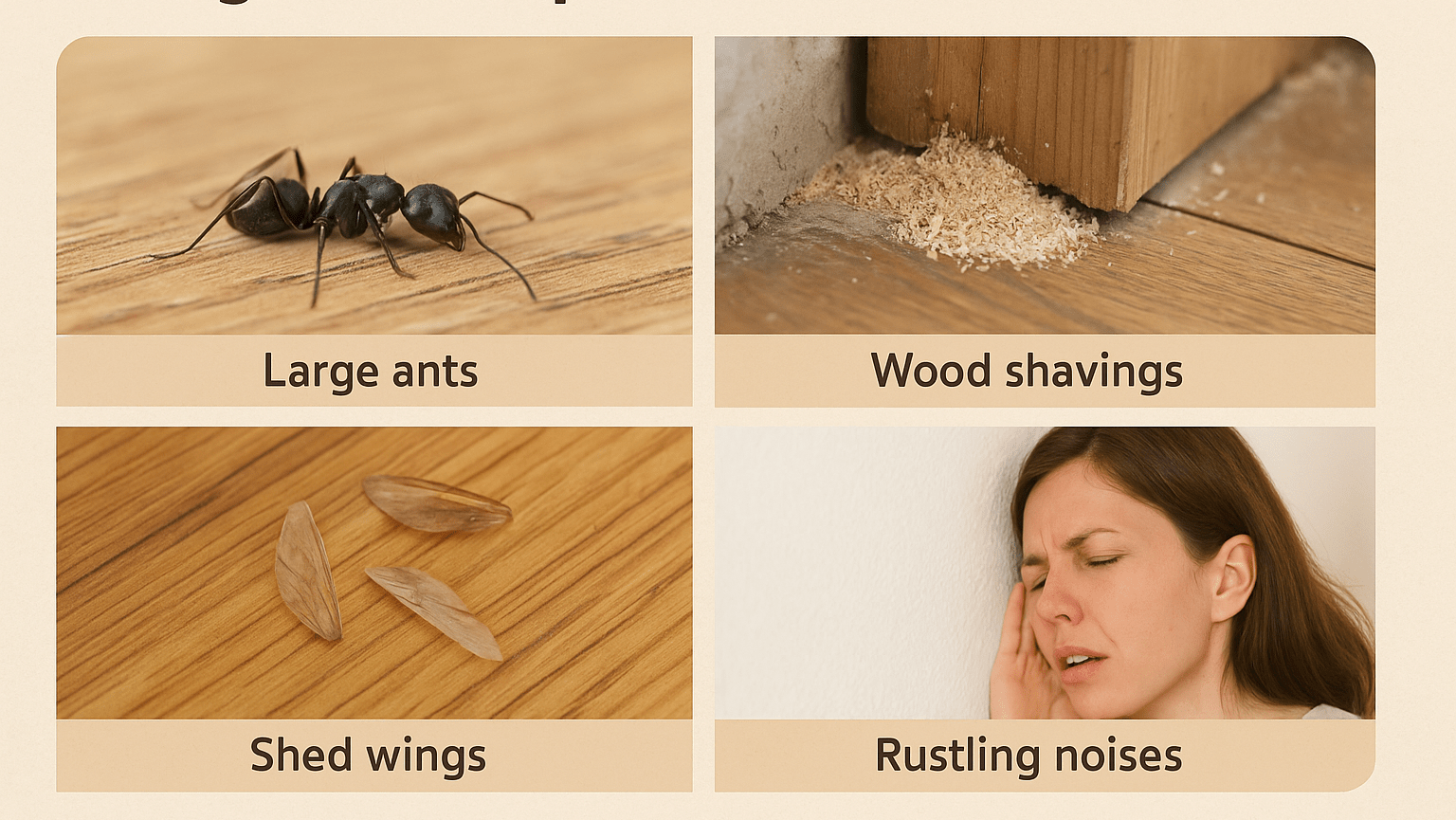
Signs of Infestation
- Sawdust-like frass near wooden surfaces
- Rustling sounds inside walls
- Large winged ants appearing in warm seasons
- Hollow-sounding wood when tapped
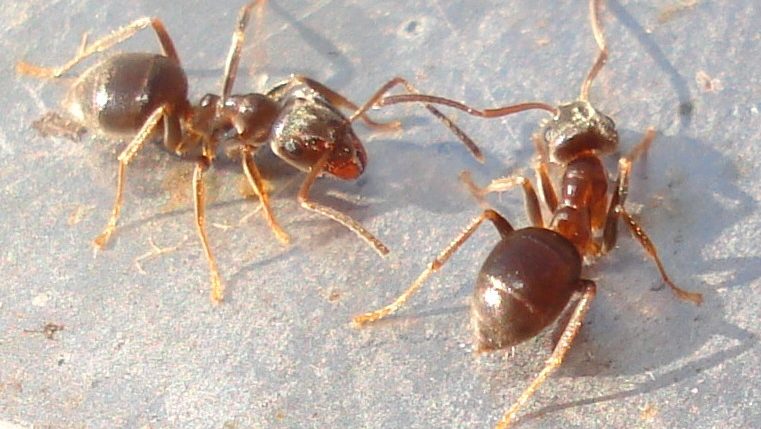
Moisture Ants
Moisture ants thrive in damp, decaying wood but do not cause significant structural damage. Their presence often indicates you’ve neglected a moisture problem like leak or poor drainage issues in a home. These ants help break down rotting wood but can be a nuisance if they nest indoors. These ants indicate that there’s a serious moisture issue around your property. They’re not aggressively destructive, but their presence suggests that you’ve bigger problems lurking beneath the surface.Characteristics of Moisture Ants
- Typically yellow or reddish-brown in color
- Found in damp, decaying wood
- Common in areas with high humidity or water damage
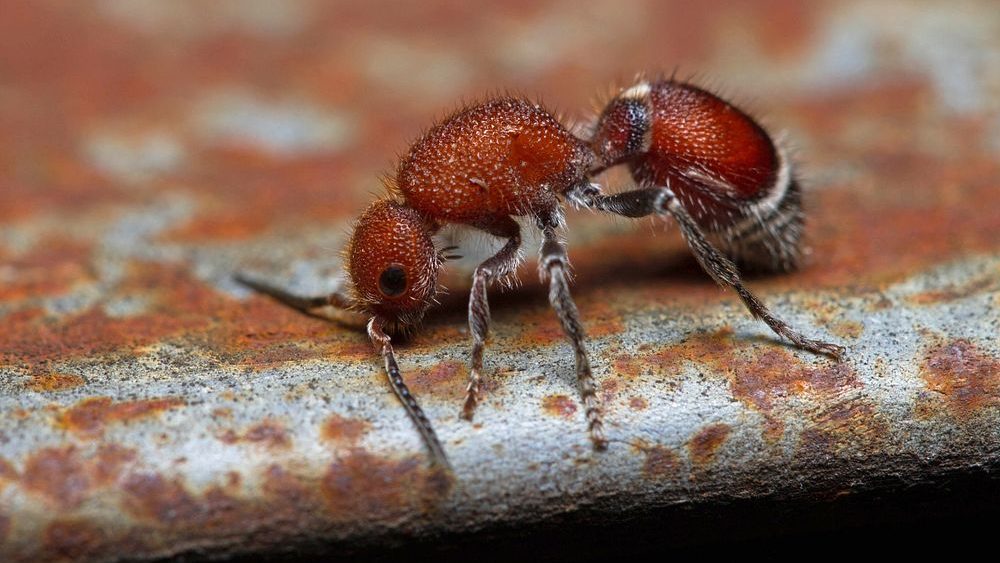
Velvety Tree Ants
Velvety tree ants—sounds plush, doesn’t it? Don’t let the name fool you. They are another species that burrow into wood. Like carpenter ants, they do not consume wood but dig and tunnel through damp, rotting wood to create nests. They are less destructive than carpenter ants but can still cause damage if left unchecked. They’re not as common as carpenter ants, but when they show up, you’ll want to pay attention.Characteristics of Velvety Tree Ants
- Black or reddish-brown in color and abdomens
- Emit a foul odor when disturbed
- Prefer nesting in trees, logs, and wooden structures
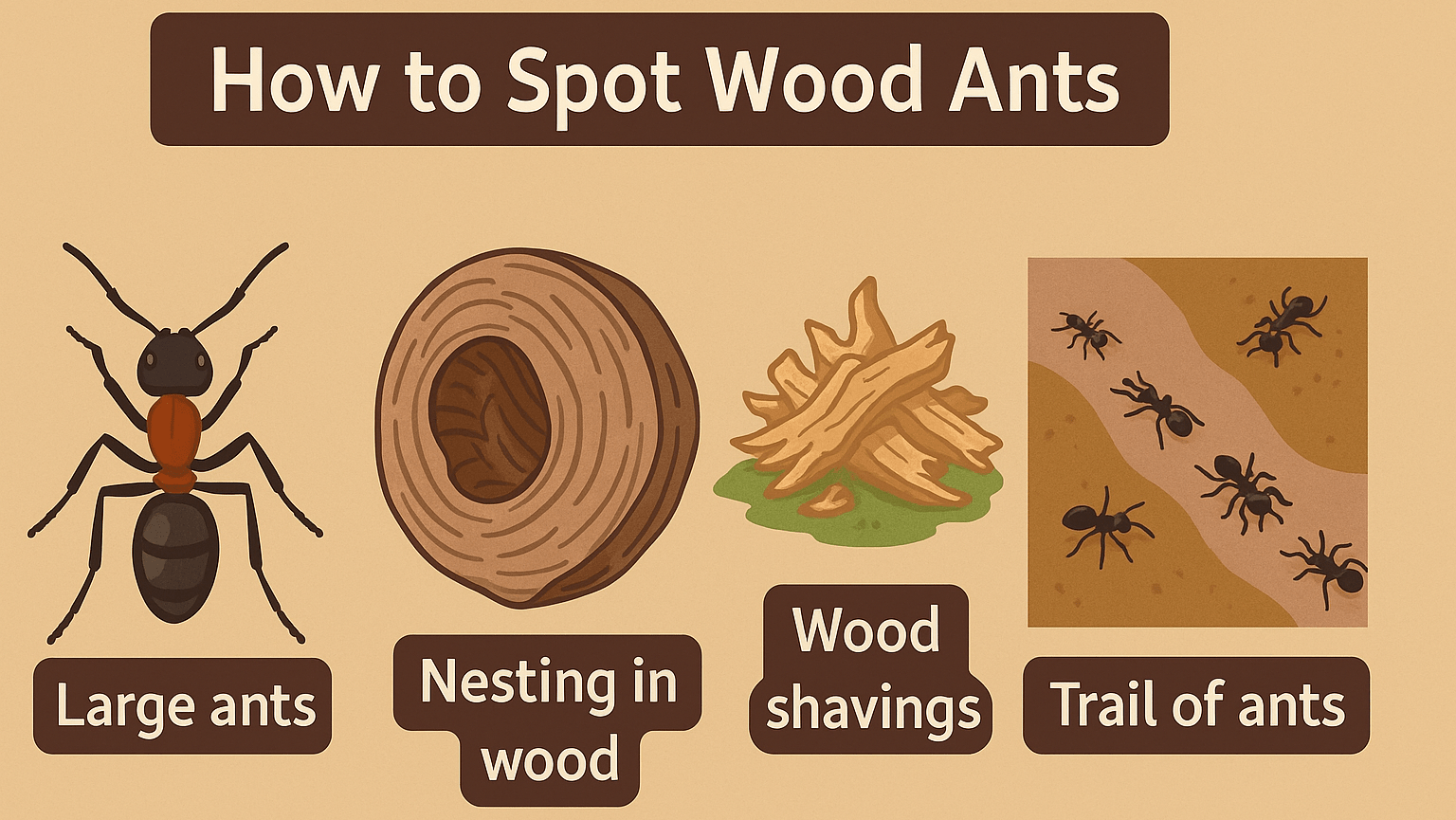
How to Spot Wood Ants (Before They Spot You)
- Now, how do you know if these ants have set up camp in your home? Here’s what you should look out for:
-
Sawdust-Like Debris (Frass): Tiny piles of fine wood shavings near baseboards, windows, or furniture indicate ants excavating tunnels and pushing debris out.
-
Rustling Noises: Faint scratching or chewing sounds inside walls—especially at night—may signal ants actively tunneling through wood.
-
Ant Traffic: Seeing large black or reddish ants moving in and out of cracks or holes in wood suggests a nearby nest or foraging trail.
-
Winged Invaders: Flying ants indoors are a sign of a mature colony preparing to expand—this is often when professional intervention is most effective.
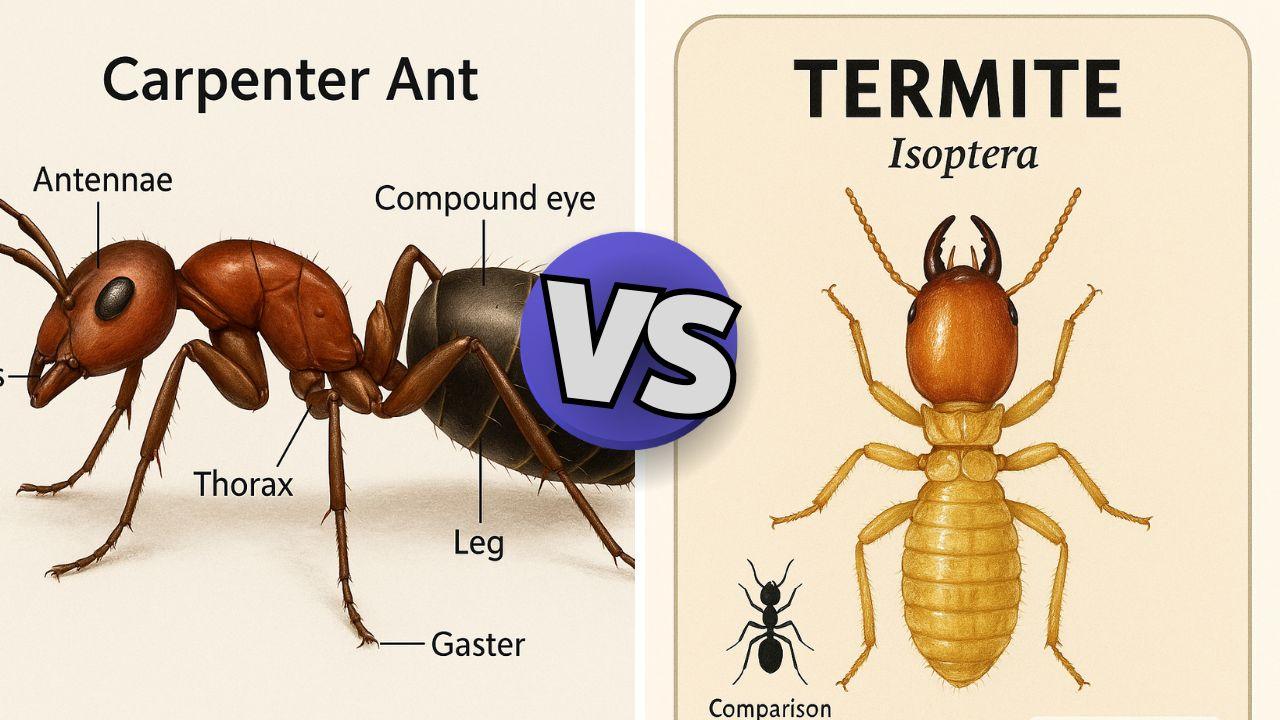
Carpenter Ants vs Termites: Knowing the Difference
Have you ever mixed up ants and termites? You’re not alone! Let’s quickly straighten out the differences:| Trait | Carpenter Ants | Termites |
|---|---|---|
| Appearance | Narrow waist, bent antennae | Broad waist, straight antennae |
| Wings | Unequal-sized wings | Equal-sized wings |
| Damage | Smooth tunnels, sawdust piles | Mud tubes, fully consumed wood |
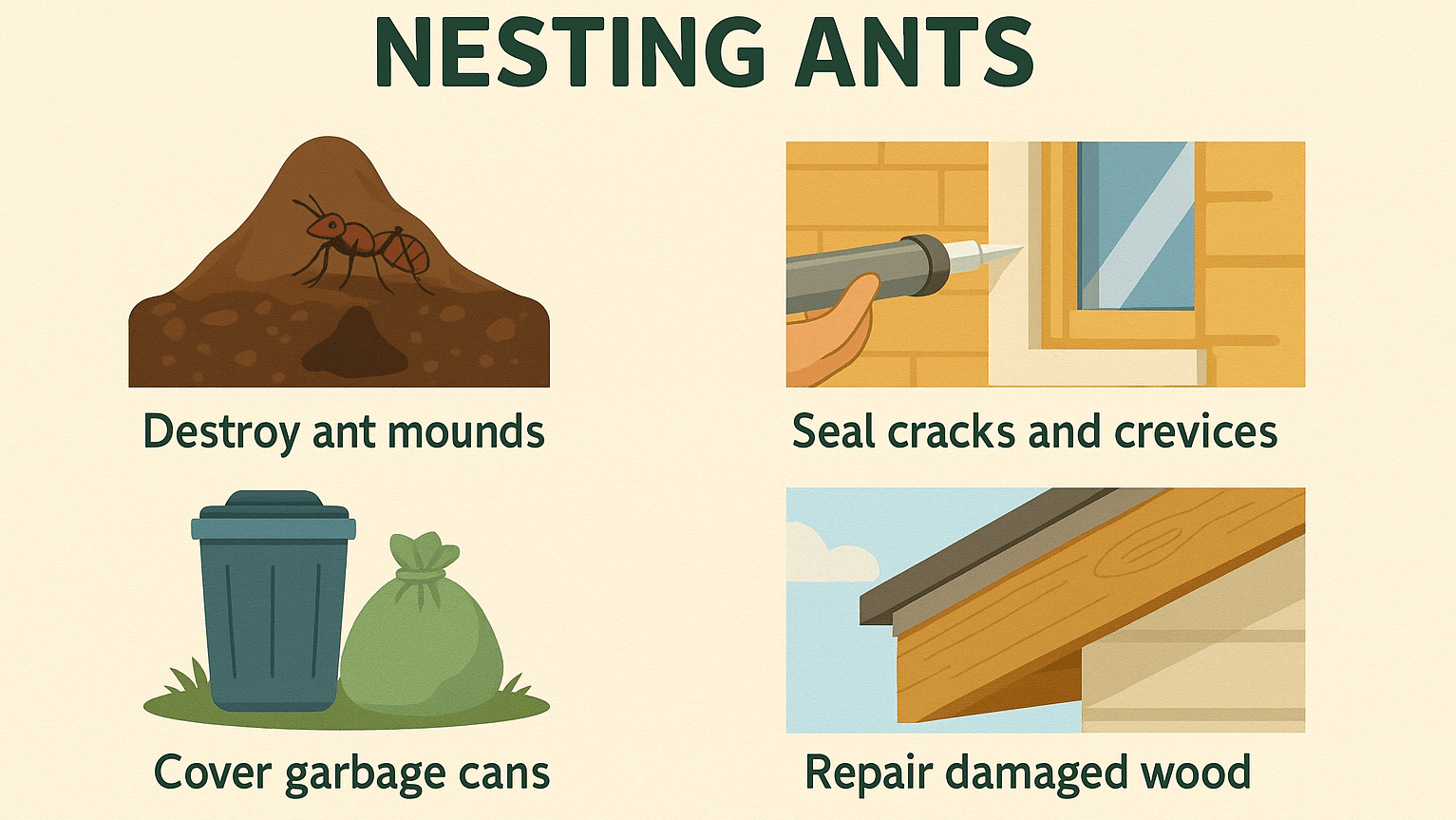
Prevent Wood-Nesting Ants
To prevent these ants from infesting your home, take the following measures:Ant Prevention Tips
-
Reduce Moisture: Fix leaks, improve drainage, ventilate and use dehumidifiers in damp areas to prevent moisture buildup. Ants hate dry, well-maintained wood.
-
Seal Entry Points: Periodically check your home’s exterior. Caulk cracks around windows, doors, and foundations to block access for ants.
-
Remove Decaying Wood: Spot rotting wood? Eliminate tree stumps, water-damaged materials, and other wood debris.
-
Store Firewood Properly: Keep woodpiles at least 20 feet away from your home and off the ground.
-
Trim Trees and Shrubs: Trees or bushes brushing your home provide an easy highway for ants. Prevent branches from touching your house to reduce potential ant pathways.
-
Regular Check-Ups: Routinely inspect areas like decks, porches, and sheds. Catching issues early saves headaches later.
How to Get Rid of Wood-Nesting Ants
If you suspect an infestation, take immediate action: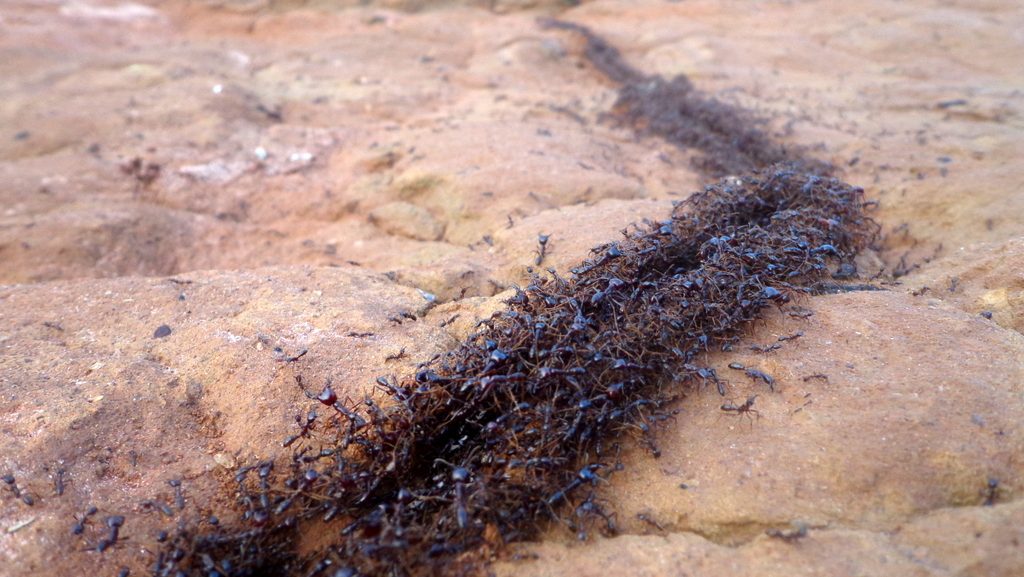
Locate the Nest
Look for frass piles or ant trails to their nesting spot and listen for rustling sounds inside walls.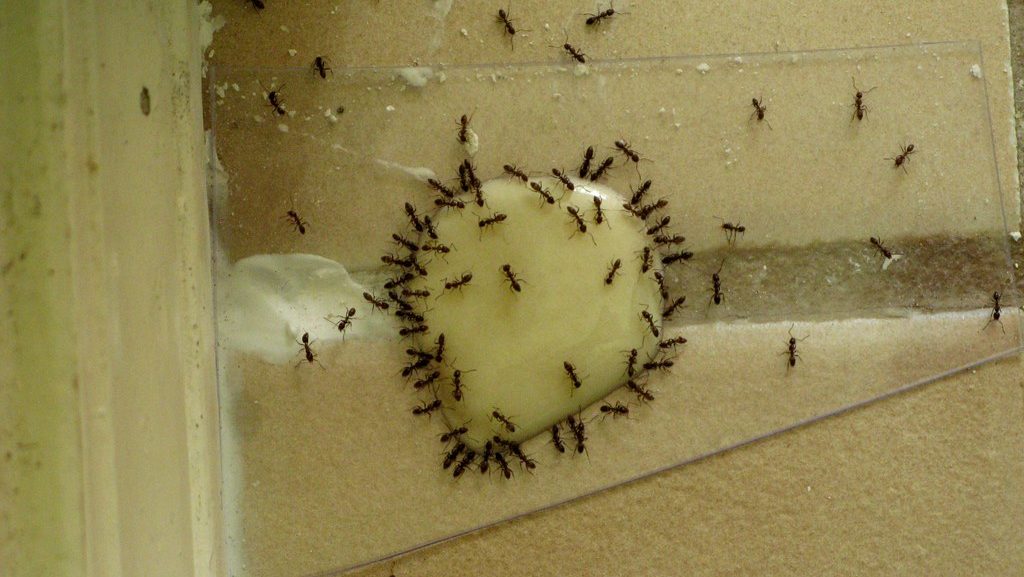
Use Baits and Insecticides
Non-repellent insecticides and ant baits can effectively eliminate colonies.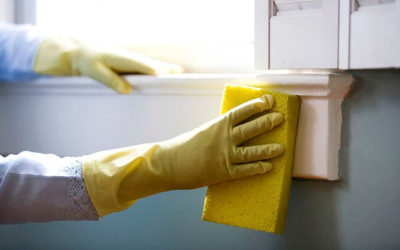
Apply Natural Repellents
Ant baits and non-repellent insecticides work effectively as ants carry these back into their colonies, destroying them from the inside. Diatomaceous earth, boric acid, and essential oils can deter ants naturally.





